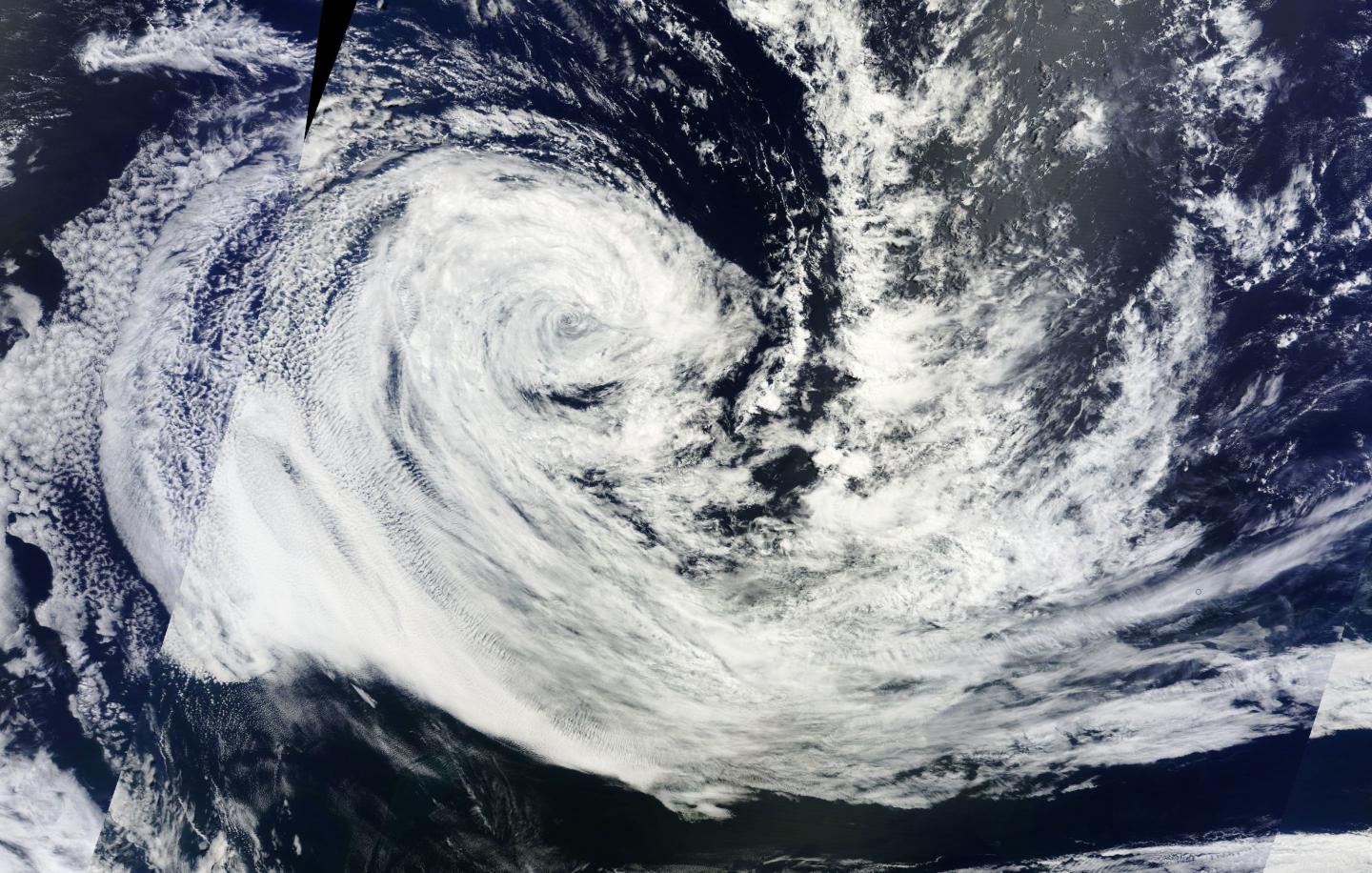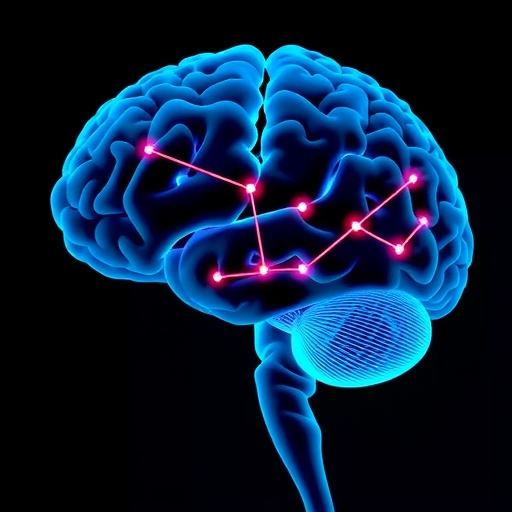
Credit: Credits: NASA
Tropical Cyclone Carlos became sub-tropical and weakened to a remnant low pressure area over the weekend of February 11 and 12. By February 13, as NASA's Terra satellite passed over the remnants, the storm still showed a circulation center.
On February 13, 2017, the Moderate Resolution Imaging Spectroradiometer aboard NASA's Terra satellite spotted the remnant low pressure area of what was formerly Tropical Cyclone Carlos. The ex-tropical cyclone appeared to have a better circulation center than it did on imagery from NASA's Aqua satellite on February 12.
On February 11, Carlos had become sub-tropical. A visible image from NASA-NOAA's Suomi NPP satellite that day showed northerly wind shear had pushed the bulk of clouds and showers south of the center of circulation.
The Joint Typhoon Warning Center issued their final warning on the storm at 1500 UTC (10 a.m. EST) on Feb. 11. At that time, Carlos was located near 30.5 degrees south latitude and 65.2 degrees east longitude, about 756 nautical miles south-southeast of Port Louis, Mauritius. Carlos had maximum sustained winds near 45 knots (52 mph/83 kph). Carlos was moving to the east-southeast at 12.6 mph (11 knots/20.5 kph).
The remnants are expected to continue moving to the southeast in the Southern Indian Ocean.
###
Media Contact
Rob Gutro
[email protected]
@NASAGoddard
http://www.nasa.gov/goddard
############
Story Source: Materials provided by Scienmag





